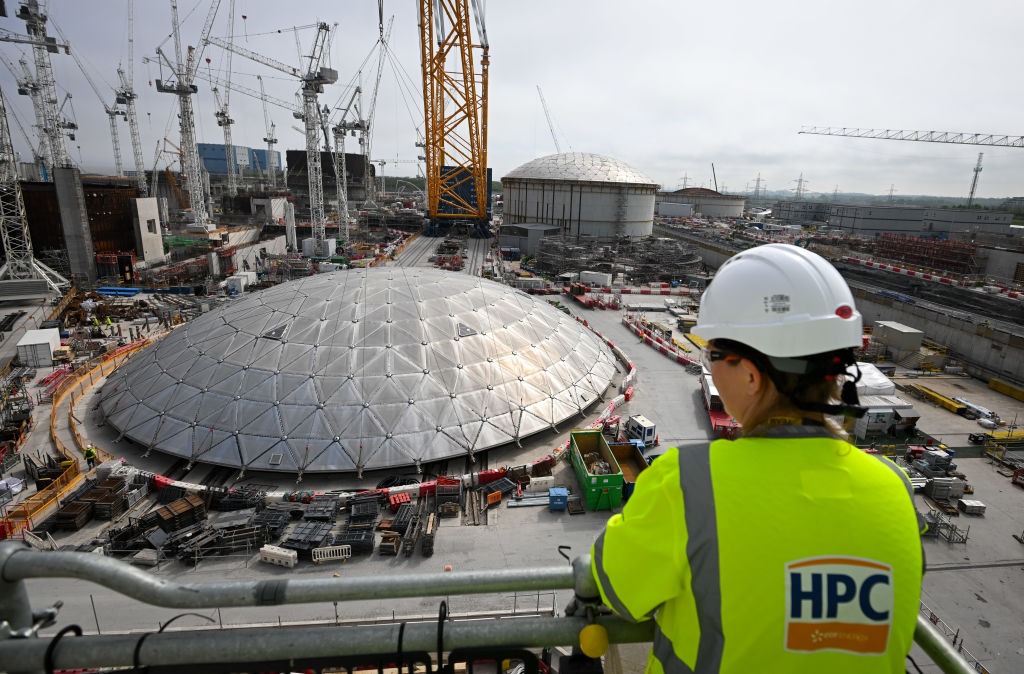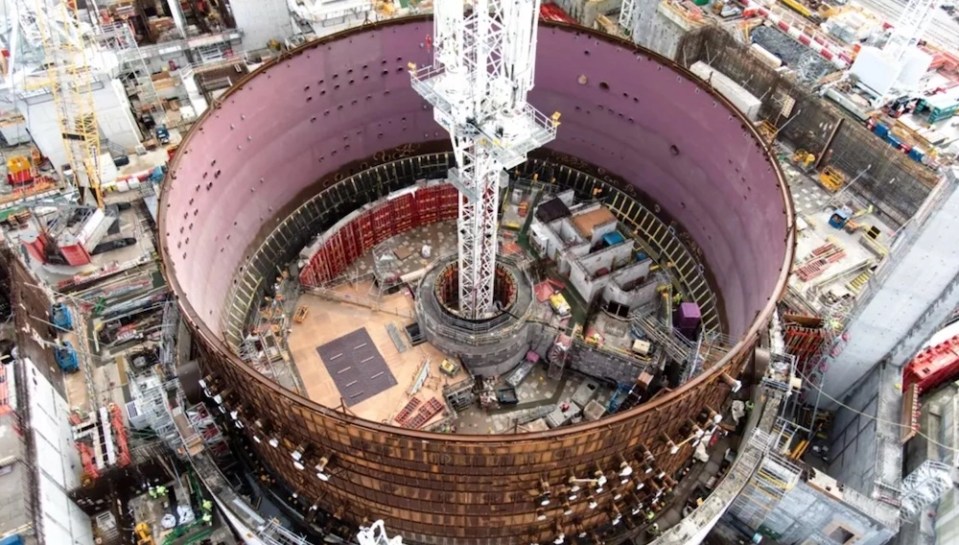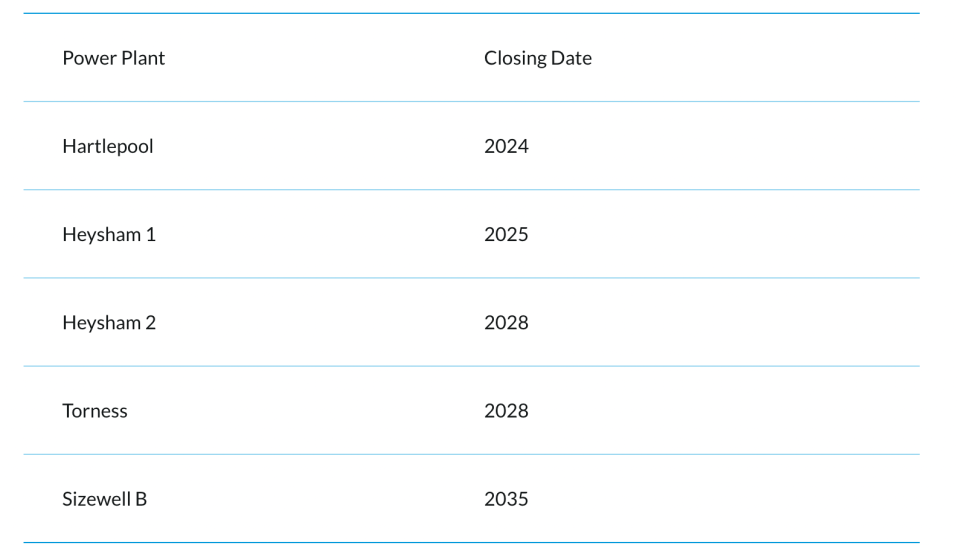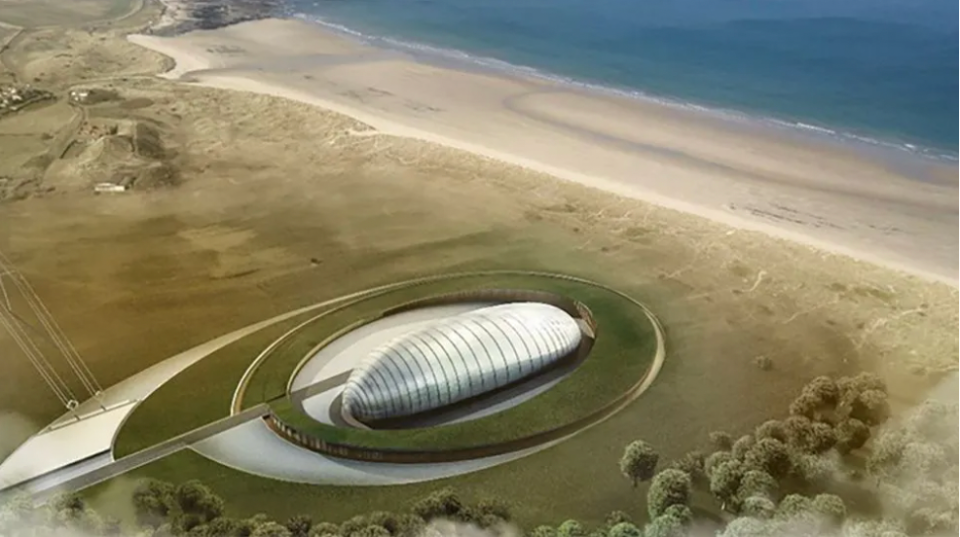Ignoring nuclear will cost us dearly as the UK scrambles to stave off blackouts

The price of continued stalling in the UK’s nuclear ambitions was exposed last week, when the National Grid paid households to turn off their tumble dryers, television sets and electric ovens as it scrambled to shore up energy supplies to ease the threat of blackouts amid frosty winter weather.
Suppliers across the sector offered discounts to households using smart meters on Monday and Tuesday evening who were prepared to slash their energy usage at peak times in exchange for discounts on their electricity bills.
It also placed three separate requests over the week to warm up the UK’s remaining coal power units on standby in case operating margins were strained – whose lifespans have been extended in case of a supply crunch over the winter.
This shed a stark light on the neglect of the UK’s nuclear industry, which would have been able to provide ample power if repeated governments had not repeatedly failed to support the sector.
Experts also warned MPs last week about consequences of the government’s inability to properly support nuclear power.
Engineering advisor Dame Sue Ion told the BEIS Select Committee last week that approving and building one nuclear power plant at a time rather than developing a real pipeline of projects jeopardised the country’s supply security ambitions.
“We have lost the plot in terms of what we need to run a viable, vibrant nuclear energy system in the 21st century. One design for each parliament is a crazy way to be doing things,” Ion said.
She argued the government needed to show commitment to a fleet, even if was just a small fleet “to give investors the opportunity to have confidence in government policy.”

The industry has been supportive of the government’s efforts to revive the country’s ageing nuclear fleet, with a target of ramping up generation from 7GW to 24GW by 2050 and eight new reactors approved by the end of the decade.
Nevertheless, it has become increasingly concerned over the pace of progress.
Alistair Evans, government and corporate affairs director for Rolls-Royce – which has proposed its own small, modular reactors (SMRs) with a consortium of investors – told MPs in a later session that the government’s commitment to transform the nuclear sector was “meaningless without a plan.”
Sizewell C is unlikely to receive a final funding decision until next year, while ministers are squabbling over the costs involved in greenlighting more of Rolls-Royce’s SMRs, raising the prospect that a decision to approve the small reactors might not be reached until the next parliament in 2025.

Nuclear sector in desperate need of revival
Currently, the only plant under construction is Hinkley Point C, which is not set for completion until 2027 at a cost of £26bn – two years late and 45 per cent over budget.
While overpriced, it is nothing compared to the costs the West is now paying for its over-dependence on unpredictable regimes for fossil fuels to meet its consumption needs.
Nuclear power now represents just 15 per cent of the UK’s mix – well below its peak of 26 per cent capacity in 1997.
All five power plants and nine reactors operating across the UK are set to be decommissioned by 2035 at the latest, meaning new plants are essential to boosting generation.
Yet, the UK is now on course to record three entire decades without a new nuclear plant, with Sizewell B the last to finish construction domestically in 1995.
The appeal of nuclear power is obvious. It provides a low-carbon, continuous output and is a baseload power source not dependent on either the weather or unfavourable geopolitical conditions.
This was understood in the 1950s and 1960s when the UK was a global leader in the nuclear sector, establishing the world’s first civil nuclear programme and developing innovative reactors such as Chapelcross and Dounreay PFR.
Despite successive commitments from governments across the political spectrum, the nuclear industry has been, and continues to be left to decline.

Some say renewables will be able to plug the gap as we reject Russian oil and gas, chase net zero targets and shore up domestic energy supplies.
Much was made of wind power generating over half the UK’s energy mix over the Christmas window.
While the advancing role of renewables is clear to see, wind generated less than 15 per cent of the country’s required power during last week’s cold snap – dropping to just above 10 per cent yesterday.
Alongside concerns over its intermittency on windless days, there also remain questions over long-term storage of the power it generates, with clean energy specialists struggling to store power in batteries for more than a handful of hours.
There is every reason to believe renewable generation will continue to advance over time – yet the need for a proven, continuous, low carbon power source has never been more urgent, and the only viable option for that is nuclear power.